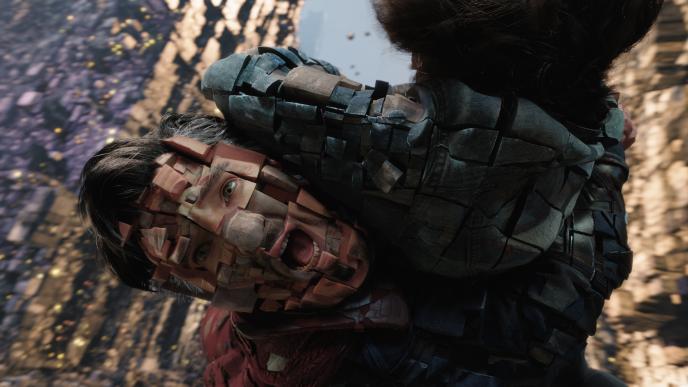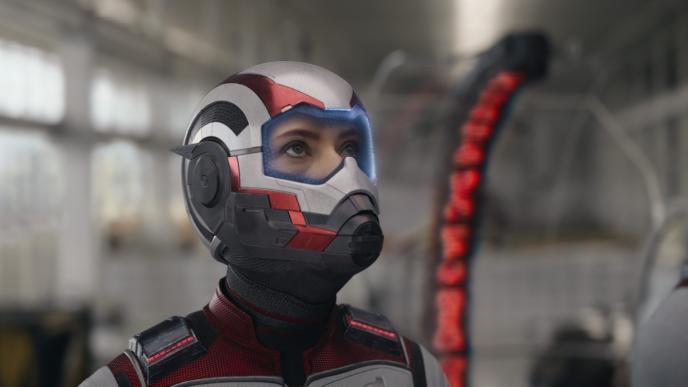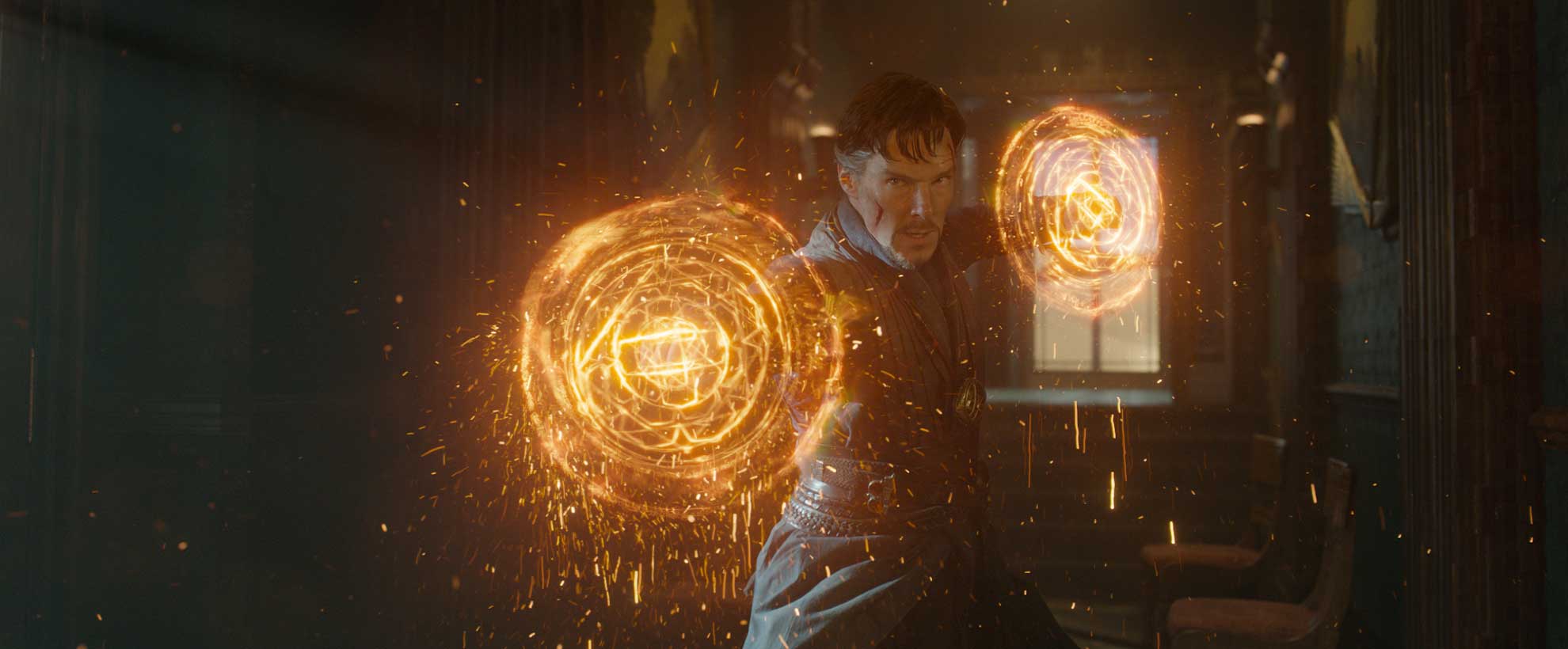
Doctor Strange
Marvel’s comic book hero received the big-screen treatment is Doctor Strange. The creation of artist Steve Ditko, Doctor Strange (played by Benedict Cumberbatch) is a master of ‘black magic’, armed with magical objects and a cloak with a mind of its own.
Framestore worked on over 365 shots between October 2015 and September 2016, encapsulating a range of VFX and animation work that spanned environments, the complex ‘Mandelbrotting’ of sets, incredibly high resolution digi-doubles of key characters, and the creation of the astral form, a key technique used throughout the film.

I can't thank you and your team enough for the great work they have accomplished. We love Framestore!
Igniting Sparks
Doctor Strange uses Eldritch magic to battle his nemeses, who include Kaecilius (Mads Mikkelsen) and a ‘Zealot’ army. The magic is light-based, producing sparks and energy, and uses a fiery yellow/orange colour palette throughout. ‘As with any form of magic, the complexity of the effect came from how subjective the look is and how much we wanted it to look real’, states Alexis Wajsbrot, CG Supervisor. ‘When we started on the effect, the first concept used long-exposure photography. The reference was a streak of light from Strange and his magical whip; the sparks were also long, creating a curved flare which you can’t generate without CG. It just ended up looking too fantastical, so we kept making the effects shorter.’ Using a CG set-up in Houdini, the team was able to control the length, curvature and intensity of each spark, creating the desired look in each shot.
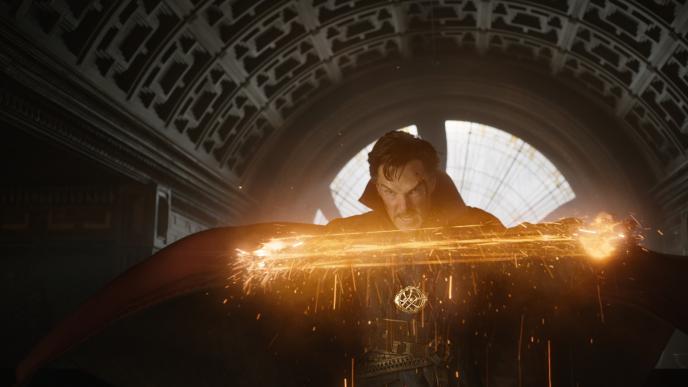
The effect was quite difficult to nail down, as to how far we should go with it, especially when our live-action characters had to be integrated within those scenes.
Mandelbrotting the set
The Mandelobrot sets within the film are dream-like, kaleidoscopic interior shots which fold the environments, pulling them apart and re-configuring in complicated patterns around the characters. Because of the quantity of movement within the whole set, nearly everything needed to be animated; even if the team didn’t strictly need to animate a prop, they had to make it available to the animators in case certain surrounding elements within the scene needed to move in a different way. Led by Animation Supervisor Nathan McConnel a new pipeline was introduced, whereby the animation team was set up with a rigging tool of their own. Says McConnel, ‘We designed a new workflow to create a toolbox for the animator, incorporating all levels of movement and pivots. The animators were able to rig everything themselves, and had the power to duplicate the geometry if needed.’
‘There’s the whole set bending and moulding, cloning and reconfiguring itself, but then there’s also the Mandelbrot pattern, which is the mathematical formula that creates these crazy patterns and adds the fractured world aspect to it’, adds Wilson. ‘Once we had animated all of these assets, our FX team then placed additional Mandelbrot sponge fractal patterns inside it, using Houdini to drive a proprietary Arnold procedural iso surface shader at render time to give us a mathematical organic growth. That was really cool; it was all new to us!’
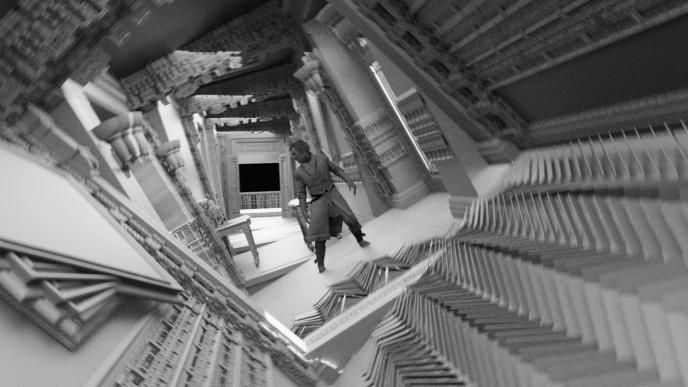
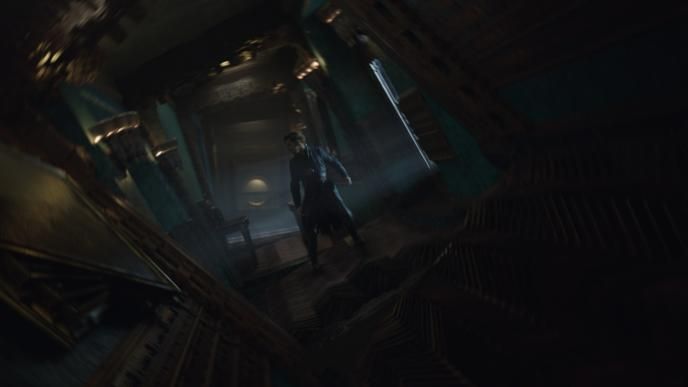
The Astral Form
One of Doctor Strange’s powers is that he can exist in another plane – what the Marvel world calls the ‘astral plane,’ home of his ‘astral form’. However, when Strange is in his astral form, he can still be in the real world, although not visible to humans; depicted by a transparent character on-screen. It’s fairly established in the comics, but was a challenge for Framestore to digitalise how that should look. ‘It was one of the hardest effects we’ve had to deal with at Framestore; finding the right balance of a look that was subtle but also beautiful’, says Wajsbrot.
‘In the end we back-lit everything’, explains Jonathan Fawkner, VFX Supervisor. ‘When our characters were back-lit, you actually got a lot of negative space, which the eye perceives as contrast. It just so happens that when the character is transparent, the eye interprets both what is behind and that lack of detail at the same time. On top of that we had the FX team drive a particle system that gave the characters a slightly twinkly patina.’
The Astral Form was one of the hardest effects we’ve had to deal with at Framestore; finding the right balance of a look that was subtle but also beautiful.
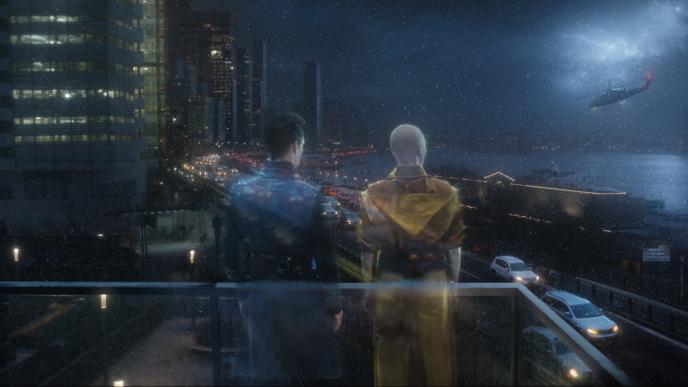
This cloak needed to be directed; it is its own character.
The Cloak of Levitation
Marvel fans will be keen to see a central character brought to life in the film: that of Strange’s Cloak of Levitation. Worn by Strange, it is a fully-formed character with its own personality, which often flies around unaccompanied.
The team was keen to give the cloak charisma in the animation, without looking too cartoony; striking the right balance between being animated, and maintaining realism with simulation. ‘Normally if we were making a CG cloak we would just simulate the cloth,’ says Wilson. ‘But this cloak needed to be directed; it is its own character. So the animators animating the cloak could see simplified dynamics in their scene to get a good representation of it.’ After animation, the CFX department started work on the full dynamics of the cloak to ensure that the desired levels of realism and gravity were achieved.
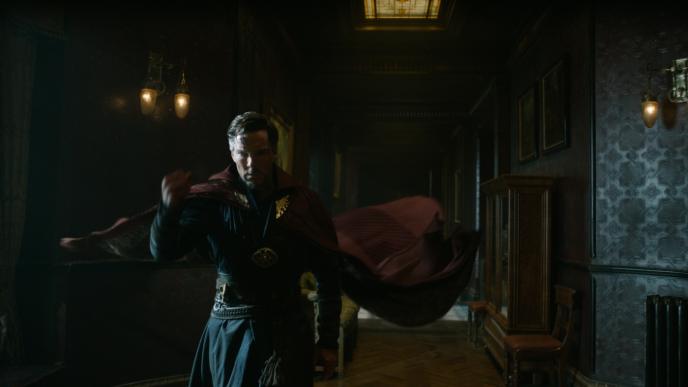
As well as key sequences and effects, Framestore also worked on the Crimson Bands of Cyttorak, a harness used by Strange to restrain Kaecilius; the Space Shard effect used by the Zealots; and the Space Portal. 2.5D environments were also created for shots on Mount Everest, a NYC hospital skyline, exteriors shots of Strange’s Sanctum and the Rotunda of Windows scene, which saw Framestore work on no fewer than six environments, two of which were completely CG.
With so many varied effects challenges and worlds to conjure, Framestore was delighted to help discover how Strange’s world worked. ‘As the film went on, we got a real feel for the world that Doctor Strange is living in, and the effects started to flow’, says Wilson. The film’s imagery and storyline belong in Marvel’s world, but the tone is unique in its use of magic and dark arts, illusion and mystery – fascinating elements which made it a joy and new challenge for the Framestore team. The approach to making the film, however, was the same as always: collaborate, and work at it until it is as good as it can be.
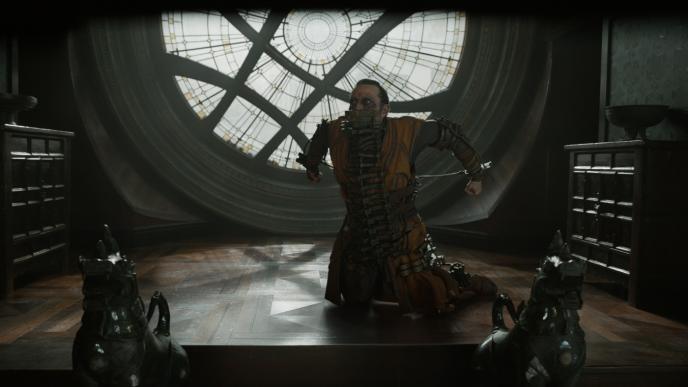
Press
'Benedict Cumberbatch relishes an eyepoppingly freaky extravaganza.' - The Guardian
'Doctor Strange adds kaleidoscopic visuals to Marvel's arsenal.' - The Independent
'An engaging, smartly cast and sporadically eye-popping addition to the studio’s bulging portfolio.' - The Hollywood Reporter
'One of the most visually dazzling superhero movies you’ve ever seen.' - The Daily Beast




